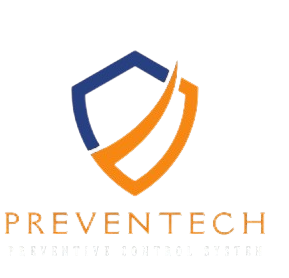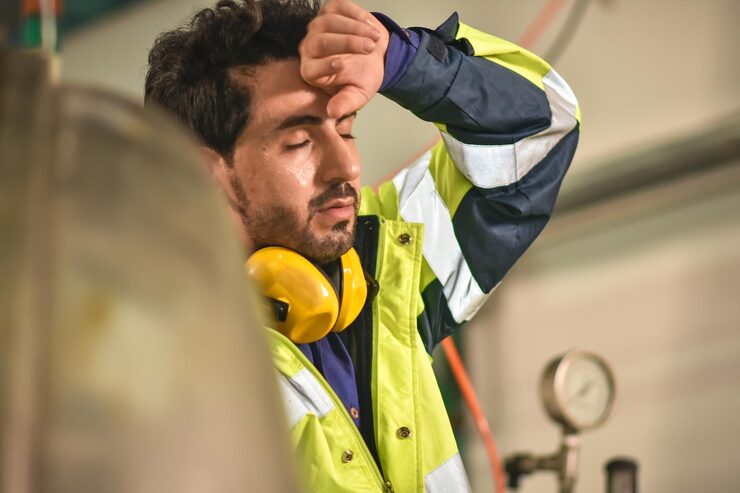
Environmental Intelligence Reshapes Industrial Risk Detection
As factory spaces grow more complex, safety must evolve beyond reaction alert and hard shutdown. Silent danger—airborne particles, gas leaks, or space confusion—needs to be watched over with a heightened state of awareness and prompt response. Enter the era of environmental intelligence: a science-driven solution that uses multi-dimensional data to watch in real-time over space and worker safety.
This proactive model goes much further than temperature sensors or manual checks. It merges environmental data, worker actions, and predictive modeling to respond to threats before they become full-scale problems. Behind this revolution is Preventech, which brings together air quality monitoring, spatial intelligence, and intelligent automation to provide a total and thorough protection against industrial threats.
This blog unpacks the science of environmental intelligence, from particulate tracking to risk zone mapping, showing how such systems as Preventech use data to prevent fatalities—and each release us closer to a zero-incident future.
Air Quality Monitoring Detects Invisible Hazards
In industrial zones, some of the most dangerous threats are invisible—particularly bad air quality. Micro-particulates like PM2.5 or chemical vapors can harm cognitive and lung function well before symptoms are apparent. A 2023 study in the Journal of Occupational and Environmental Hygiene linked prolonged periods of bad air to a 32% increase in error-filled behavior.
That is why air quality monitoring is no longer an option—it is a requirement. Preventech employs high-sensitivity environmental sensors that detect particulates, humidity, and chemical residue in real time. The measurements are analyzed to detect dangerous accumulation, triggering ventilation adjustment, machine shutdown, or automatic evacuation alerts.
By adding air quality monitoring to its umbrella network of environmental intelligence, Preventech makes safety choices founded on real information—not guesses. This not only protects workers from long-term exposure dangers but also averts accidents caused by oxygen depletion, gas leaks, or airborne irritants that affect concentration and coordination.
Environmental Intelligence Enables Dynamic Risk Response
Environmental intelligence is the science of understanding how environmental change impacts worker behavior and operational safety. It’s not just data measurement—it’s data interpretation in context. Sensors and Materials research (2022) illustrated that the integration of environmental metrics with behavioral feedback has been proven to reduce workplace incidents by up to 47%.
Preventech operationalizes environmental intelligence by mapping conditions like heat zones, noise pollution, and gas concentrations in real time. When dangerous parameters occur, the system doesn’t just alert—it responds. Equipment adapts, task assignments are altered, and personnel are routed to safer zones.
What distinguishes Preventech is that it updates risk models dynamically. As additional data is gathered, environmental intelligence becomes sharper, more tailored, and more proactive. It’s a safety system that doesn’t just see risk—it interprets it, predicts it, and acts on it.
Predictive Analytics Transforms Safety Automation
Predictive analytics uses algorithms to forecast future safety incidents based on current and historical data. This is a game-changer in industrial safety. In a 2024 study in Neural Computing and Applications, it was disclosed that environmental and behavioral data predictive models detected hazardous zones with 88% accuracy.
Preventech incorporates predictive analytics in its environmental intelligence system by tracking long-term trends in air quality, temperature, worker stress signals, and motion variability. This enables real-time alerts and automatic interventions before workers are exposed to dangerous conditions.
And the best part, Preventech gets better over time. Each incident, near-miss, or risk indicator is kept and utilized to enhance future predictions. The system becomes more accurate with each shift, creating a feedback loop of continuous safety improvement fueled by predictive analytics.
In risk management for industry, anticipation is everything. And with Preventech, this anticipation is built-in, scientific, and ongoing.
Spatial Awareness Protects Human Movement Zones
Industrial areas these days are not static—they’re mobile, high-speed, and inhabited with humans, machines, and hazard. Spatial awareness is the prerequisite to environmental intelligence: having knowledge of human and object positions in real time. Spatial awareness systems reduce collision and proximity incidents by 63%, reports a 2023 IEEE Industrial Safety Review.
Preventech uses RF triangulation, wearable sensors, and vision from machines to generate continuous maps of the environment. This data is calculated alongside air quality monitoring and heat metrics in order to determine where humans are safe—and where they’re not.
As workers move into an area with poor air quality, heat overload, or moving machinery, Preventech warns or disables dangerous equipment. This marriage of spatial and environmental data is the full potential of environmental intelligence: a system that is always on, always alert, and doesn’t just detect danger—it stays ahead of it.
Feedback Loops Improve Long-Term Environmental Safety
All smart safety systems must do something more than just respond—they must learn. Environmental intelligence systems built using predictive analytics arrive at conclusions after every event, iterating their logic for the next event. A 2024 study in Industrial AI Journal illustrated that adaptive feedback loops reduce repeat events by 41%.
Preventech applies this approach aggressively. After every exposure to contaminated air or a spatial incursion that was detected, the system records what happened, its reaction, and how it might improve next time. Those results drive its predictive analytics directly, so the next event is less likely with each occurrence.
Through this cycle, Preventech becomes better. Its air quality monitoring becomes more precise. Its hazard mapping becomes more individualized. And its reaction to risk becomes faster, sharper, and wiser.
In doing so, the system is not merely a watchdog—but an active participant in constant betterment, coordinating world action into alignment with the ideals of advanced environmental intelligence.
Conclusion
True safety doesn’t come from reacting to alarms—it comes from predicting danger before it happens. Environmental intelligence makes this possible, transforming every data point into a decision point. Whether it’s rising CO₂ levels, heat stress, or proximity risks, this system sees it, understands it, and intervenes.
Preventech is leading this shift by merging air quality monitoring, spatial analysis, and predictive analytics into a seamless, self-improving safety system. Its strength lies in real-time understanding and long-term learning—making every site smarter, every shift safer, and every update more intelligent.
With environmental risks rising across industries, tools like Preventech are not just a competitive advantage—they’re a moral imperative. As each new release incorporates richer data and smarter predictions, Preventech becomes more than a safety product. It becomes the standard-bearer for what safety should look like in the age of intelligence.



